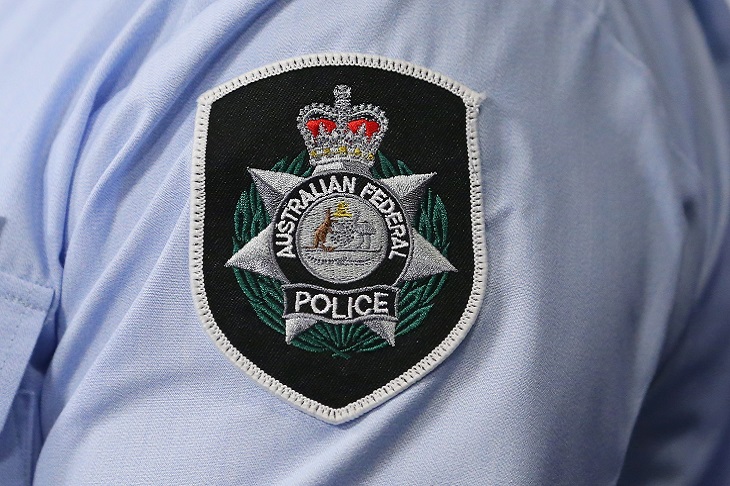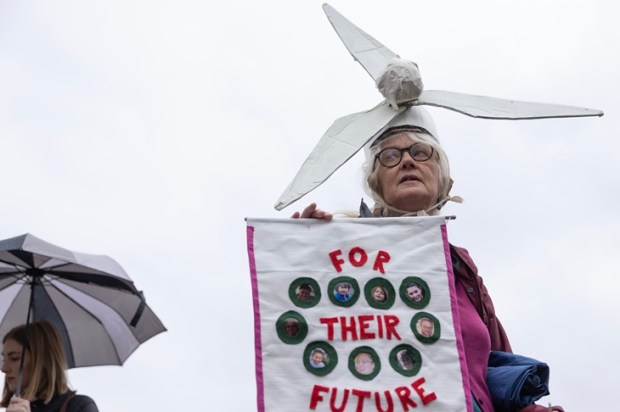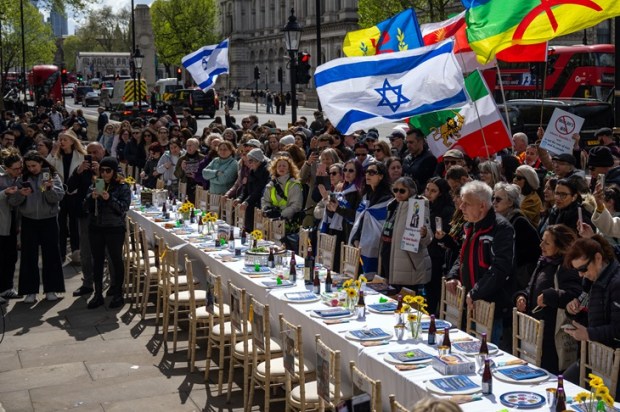When constabulary duty’s to be done, to be done, a policeman’s lot is not a happy one…
On October 25, 1878, the criminal Ned Kelly and his gang ambushed four armed Victorian police at Stringybark Creek. Three, of Irish descent like Kelly, were murdered, resulting in the Kelly gang being declared outlaws to be hunted until death or capture. After nearly 150 years the murders still arouse strong emotions around nearby Mansfield among the surviving families and in the Victorian Police.
On Jan 8, 1974, Senior Constable Charles Curson had his throat cut whilst standing at the entrance to Flinders Street Railway Station by an offender with a history of mental disorder.
On the night of August 15, 1998, Victorian police Sergeant Gary Silk, 34, and Senior Constable Rodney Miller, 35, were ambushed and shot outside a Moorabbin restaurant. The pair had stopped a suspicious vehicle to check its occupants. So sudden and violent was the attack that Silk was fatally hit before he’d even drawn his service revolver, which remained in its holster. Seeing his partner shot, Miller drew his pistol to respond only to be fatally shot himself by one of two rounds fired from within the vehicle before he could return fire.
Ten years earlier constables Damian Eyre and Steven Tynan were ambushed and killed having been lured to the scene. Far from being random attacks, they represent a long Victorian tradition of violence against the state’s police.
A major lesson from all these unnecessary deaths is that if you carry a weapon, you should be prepared to use it. Perhaps, like Singapore, offences where weapons are involved should also attract the highest available punishment.
Violence is not limited to Victoria nor to armed police.
In January 2012, NSW Police Chief Inspector Bryson Anderson was fatally stabbed while attempting to mediate a domestic dispute. Anderson, with a long family history of policing, was unarmed.
Last week, decorated Northern Territory Constable Zachary Rolfe was unanimously acquitted by a jury of murdering an indigenous offender who Rolfe alleged had attacked him and his partner with a pair of scissors. Rolfe, who was also an Australian Army Afghanistan veteran, effectively argued the fatal shots were fired in self-defence and were not excessive force as the prosecution had claimed.
Rolfe is not unique in Australian policing circles having come to the job with a Defence Force background.
The principles of application of force vary in each culture.
Police train to use minimum force – those minimum actions, including the use of armed force, sufficient to bring a situation under control or to defend against a hostile act or hostile intent where the firing of weapons is to be considered as a means of last resort.
However, ‘reasonable force’ is defined as ‘necessary for a person to be compliant and/or restrained to minimise the risk of harm to the individual, the police officer or the public’.
The army trains for the application of ‘maximum force’ at a time and place to counter a hostile aggressor. When does ‘minimum force’ become ‘reasonable force; and should a police force ever countenance ‘maximum force’ in the military sense?
As old coppers will explain, a suspect is an offender who is yet to fully assist police with their enquiries, though what was once regarded as reasonable assistance may not pass muster in today’s victim-oriented social environment.
Special arrangements exist for Australian Defence Force (ADF) counter-terrorism specialists to be enlisted to assist where police resources may be insufficient, but such callouts require complicated approvals and take time, which may not be available when a localised threat develops at short notice.
Increasingly there are those who believe, despite what the law allows, that police actions should be subject to close community scrutiny – if not control.
‘Wokeism’ is not a new phenomenon. Australian police forces renamed police services in most Australian jurisdictions decades ago, apart from resolute resistance by Western Australia and the Northern Territory.
Queensland police did not start overtly carrying weapons until the 1970s, about the same time two-way radios were fitted to selected vehicles. Such developments seem twee in 2022, when special squad weapons, tactics, and personal communication devices proliferate.
Australia does not have an equivalent of the European gendarmerie, where militarily trained and armed police have the dual responsibility of community policing and military police within their defence forces where contiguous land borders add a different policing dimension.
Australia’s only contiguous jurisdiction, Papua New Guinea (PNG), has an armed constabulary where mobile quads perform an essential internal security role.
Some post-trial reports speculated Rolfe had sought career advice from Ben Roberts-Smith, who is facing his own accusations of unwarranted use of force. No one should read anything sinister into this, since Rolfe’s mother is a Canberra lawyer and Roberts-Smith’s father was ADF judge adjutant general. Roberts-Smith’s maternal grandfather was the last expatriate Royal Papua New Guinea Constabulary commissioner, himself a tough copper not unfamiliar with subduing violent, armed offenders.
It’s about as close as one can get to police-ADF cross-pollination.
The nearest Australian equivalents to PNG’s mobile squads are specialist police units tasked with responding to usually armed crises, including terrorism, though with mixed success as Sydney’s tragic Lindt Café siege demonstrated.
Perhaps, rather than sending two lightly armed police to deal with a known violent offender as happened in the Northern Territory, it would have made much better sense to deploy a specialist reaction force, trained and armed to deal with such situations.
They may not have got the outcome right either, though it is extremely unlikely such a response would have resulted in clearly unsustainable murder charges against police involved.
With seven state and two territory police jurisdictions, including the Australian Federal Police – which has assumed separate national functions, the law is not applied evenly in Australia.
Even legal terminology differs.
Australia clearly has to do better.
If any positive result is to be achieved from the Northern Territory events, perhaps a single national police force with common training, equipment, and command arrangements might prevent a future recurrence designed to minimise the risk of harm to the public and law enforcement agencies.
Then again, like a unified defence force, that may simply be wishful thinking.
Ah, take one consideration with another, a policeman’s lot is not a happy one.
Got something to add? Join the discussion and comment below.
Get 10 issues for just $10
Subscribe to The Spectator Australia today for the next 10 magazine issues, plus full online access, for just $10.

























Comments
Don't miss out
Join the conversation with other Spectator Australia readers. Subscribe to leave a comment.
SUBSCRIBEAlready a subscriber? Log in